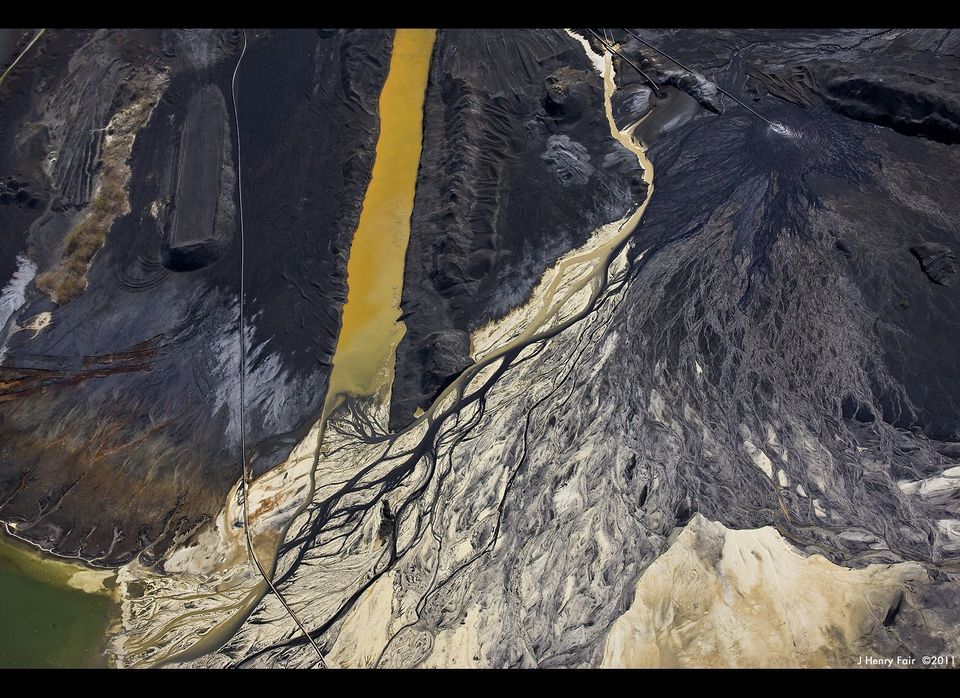The East Coast of the USA is a fairly agreeable place in the politico-geography of the planet. There are no wars, little crime, comparatively stable economy, and relative prosperity. People are accustomed to this calm and prosperity, and disruption unnerves and upsets. The media, of course, play to this, and every weather event is billed as being, "... of the century," and the retailers don't mind, because the shelves empty of hard to move items, and everyone is happy. In recent months, the East has seen two relatively mild "natural disasters," neither very high on the severity scale of such things, but both sufficient to cause considerable discomfort and infrastructure disruption.
In establishing our prosperity and comfort, we as a society have "hidden under the rug" a number of time bombs that are set to explode at some undetermined point in the future and cause real havoc and displacement. Many of these are so banal as to be unimaginable by the average person, yet so deadly that wide areas could be rendered uninhabitable were they to erupt. One of these is coal ash, the inevitable by-product of our hunger for electricity. We produce about 130 million tons per year, and the capacity to store it is literally overflowing. A certain amount is reused in concrete, sheetrock and fertilizer, at which point it seems appropriate to mention that it is laden with lead, arsenic, uranium, selenium, chromium, and a host of other toxic substances.
The bulk of our coal combustion waste (CCW) is simply dumped into large open, unlined, uncovered landfills. There are numerous documented cases of cancer, birth deformities, and respiratory illnesses in people living close to these dumps, or anywhere it is being applied outside, ie, next to roads where it has been used for resurfacing.
Also, there are numerous cases of water contamination around the country, both where toxics are leaching into groundwater, and into water bodies that are public drinking water sources.
These are the very real, and serious, incremental and continuing threats of CCW. Due to the unregulated status of CCW, there has been no oversight of its disposal over all these years of accumulation, one result being that there are at least 44 storage sites known as "high hazard" that will cause loss of life and property if the containment fails, as happens with disturbing regularity. The most notable "impoundment failure" was the "Kingston Disaster" of 2008, in which 1.1 billion gallons of toxic sludge replaced a river, covered numerous houses, and blackened the eye of the Tennessee Valley Authority (TVA). Hard to stay focused on coal ash? Pretty boring.
Remember Julia Roberts in Erin Brockovich? She was battling Pacific Gas and Electric over hexavalent chromium, one of the deadliest toxic pollutants known. Suddenly, tests show it's in almost all of the municipal drinking water systems in the country, and coal ash is the largest source of this deadly substance.
Though not all of them are known, our reliance on coal for electricity production has produced about 600 coal ash dumps around the country. The TVA states that the cause of the Kingston spill was 6.5 inches of rain in the month preceding the disaster, and the cold temperatures, about 12 degrees Fahrenheit, neither an extreme set of factors. Given the 44 or more high hazard coal ash sites around the USA, and all of the others that will simply poison the water, the consequences of an earthquake or hurricane suddenly seem much more dire.
